History of Hasselblad: A Journey Through the Evolution of Craftsmanship and Image Quality
For photographers who appreciate the pinnacle of design, craftsmanship, and image quality, the name Hasselblad undoubtedly strikes a chord. Renowned for its exceptional medium format cameras, Hasselblad has long been synonymous with superior optical performance and uncompromising build quality. Understanding the history of this iconic brand not only offers an insight into its remarkable technical milestones, but it also illuminates how Hasselblad has shaped and continues to influence the world of photography.
The Founding and Early Years (1841-1940s)
Founded in 1841, Hasselblad began its journey in Gothenburg, Sweden, under the helm of Fritz Victor Hasselblad. The company initially functioned as a trading company, F.W. Hasselblad & Co., dealing in a diverse array of imported household and industrial products. However, its destiny was to take a significant turn during the turbulence of the Second World War.
As the war imposed a dire need for accurate aerial reconnaissance, the Swedish government turned to Hasselblad for help. Motivated by this national call, the company rose to the challenge, transitioning its focus to the development and manufacturing of specialized aerial cameras. This marked Hasselblad's first foray into the world of photography, laying the groundwork for the legendary camera brand we recognize today. Little did anyone know at the time that this war-born necessity would eventually give rise to some of the most respected photographic instruments in the world.
Birth of the Iconic 500 Series (1950s-1960s)
Post-war years proved to be a time of profound growth and innovation for Hasselblad. The 1950s witnessed the birth of the brand's iconic 500 series with the introduction of the Hasselblad 500C. This camera, the first consumer model produced by the company, transformed Hasselblad from a relatively obscure military contractor into a household name among professional photographers.
The 500C was more than just a camera; it was a modular system. This meant photographers could interchange lenses, film backs, finders, and focus screens to adapt to various shooting conditions and requirements. This versatility, combined with superb image quality from its medium format film, quickly made the 500C a beloved tool among professionals and serious enthusiasts alike.
Perhaps most significantly, the 1960s catapulted Hasselblad onto the global stage when NASA selected the modified 500 series cameras for space missions. The cameras were used in several space missions, including the Apollo 11 mission, making Hasselblad the first camera brand on the moon, a distinction that remains a proud part of the company's legacy.
The influence of the 500 series on the photography industry is impossible to overstate. Its introduction marked a new era in the medium format photography, setting a high standard for image quality and camera design. The series' success established Hasselblad's reputation for excellence and innovation, a legacy that continues to resonate in the brand's modern offerings.
Expansion and Innovation (1970s-1990s)
Building on the success of the 500 series, Hasselblad embarked on a period of expansion and innovation in the 1970s that continued into the late 20th century. A significant highlight of this era was the launch of the Hasselblad 2000FC in 1971. This model marked a departure from the brand's traditional focal plane shutter design, instead incorporating a leaf shutter system that allowed for flash synchronization at all shutter speeds.
The 2000FC served as a testament to Hasselblad's commitment to pushing the boundaries of photographic technology. Its unique combination of precision and versatility reinforced Hasselblad's standing as a brand synonymous with professional medium format photography.
The late 20th century also saw Hasselblad venturing into new territory with the launch of the Xpan in 1998. A joint venture with Fujifilm, the Xpan was a 35mm film camera that offered the unique ability to seamlessly switch between standard 35mm and panoramic formats mid-roll. This feature, coupled with its compact design and exceptional lens quality, made the Xpan a favorite among landscape and street photographers.
Throughout this period, Hasselblad continued to make strides in both camera and lens technologies. The brand's commitment to quality, innovation, and craftsmanship not only further solidified its status in the professional photography market but also set the stage for Hasselblad's evolution into the digital age.
Entering the Digital Age (2000s)
As we entered the new millennium, Hasselblad embarked on a journey that would redefine its identity and legacy in the field of professional photography. The dawn of the digital age signaled an opportunity for the brand to bring its renowned image quality and craftsmanship to a new generation of photographers.
A significant milestone during this period was the introduction of the H System. Launched in 2002, the Hasselblad H1 was the first camera in this new series. Designed from the ground up to be a platform for both film and digital photography, the H1 represented a major step forward in terms of versatility and performance. Its autofocus system, user-friendly interface, and the ability to use a variety of interchangeable film and digital backs made it a groundbreaking tool for photographers.
The 2000s also saw Hasselblad making substantial strides in digital imaging technology. In 2004, the company launched the Hasselblad H1D, their first fully integrated digital camera. This was followed by a series of digital backs designed for the H System, giving photographers the flexibility to switch between film and digital mediums while utilizing the same camera body.
These innovations marked Hasselblad's successful transition into the digital era, reaffirming the brand's commitment to pushing the boundaries of photographic technology and redefining what was possible in medium format photography.
Modern Era and Technological Advancements (2010s-Present)
Hasselblad's journey into the present decade has been marked by a relentless pursuit of innovation, resulting in some truly groundbreaking product releases. The centerpiece of this era is arguably the development of the Hasselblad X1D, a game-changer in the world of medium format photography.
Introduced in 2016, the X1D was the world's first mirrorless medium format camera. This compact and highly portable device brought the superior image quality of medium format to a wider range of photographers, making it more accessible than ever. Its sleek design, exceptional build quality, and state-of-the-art features are a testament to Hasselblad's commitment to pushing the boundaries of what is possible in photography.
This period has also seen Hasselblad release a number of other noteworthy products. The company has continued to expand and refine the H System with models like the H6D, a professional-grade camera that showcases the brand's mastery of digital medium format technology.
Furthermore, Hasselblad has made significant strides in drone-based aerial photography through its collaboration with DJI, leading to the creation of high-quality aerial camera systems. This blend of cutting-edge technology and photographic excellence underscores Hasselblad's position at the forefront of the photography world.
Over the years, Hasselblad has etched an unparalleled legacy in the annals of camera history. From its humble beginnings as a trading company in 1841 to its emergence as a global leader in medium format photography, the brand's journey is a testament to relentless innovation and an unwavering commitment to quality.
Hasselblad cameras have captured some of the most pivotal moments in human history, from the breathtaking vistas of space to the minutiae of life on Earth. The brand's unique blend of precision, craftsmanship, and technological prowess has made it the choice of professionals and hobbyists alike, influencing countless photographers and shaping the way we see the world.
Check out also other brands






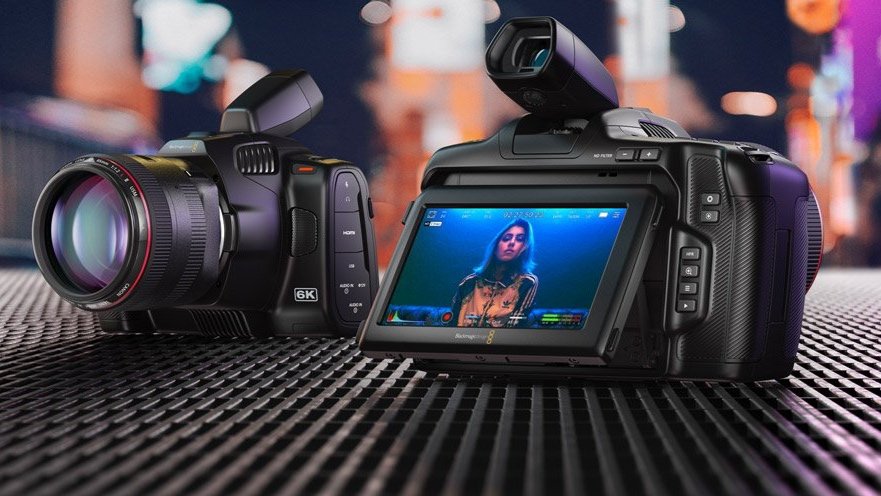
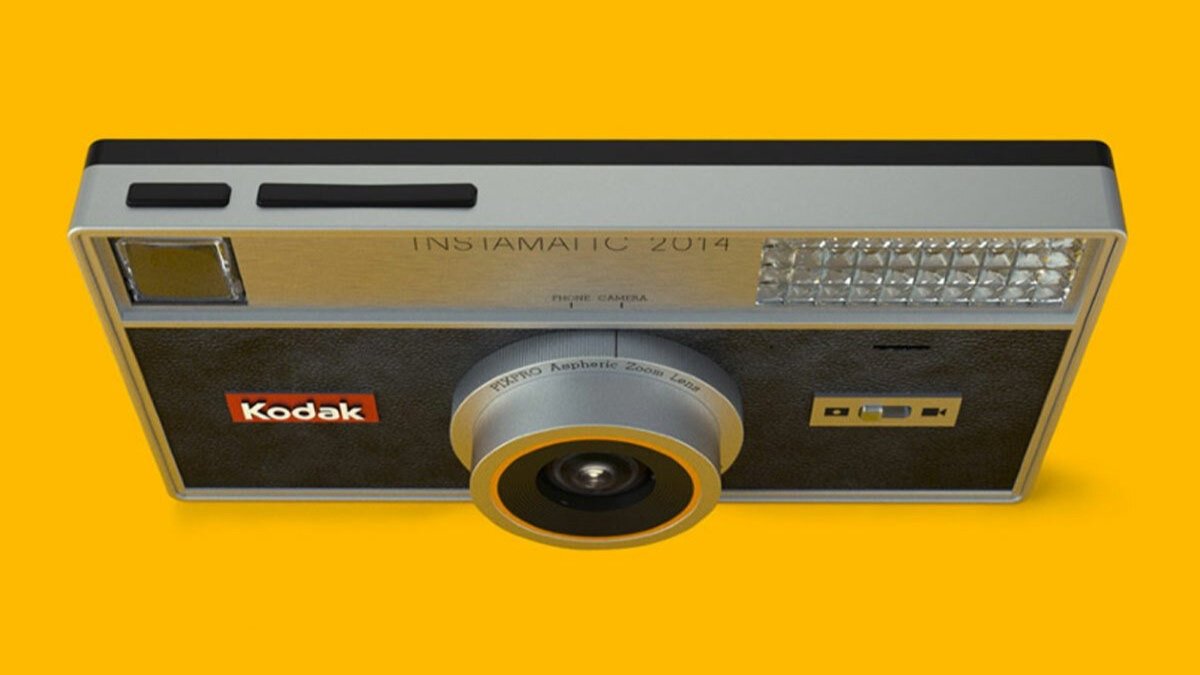
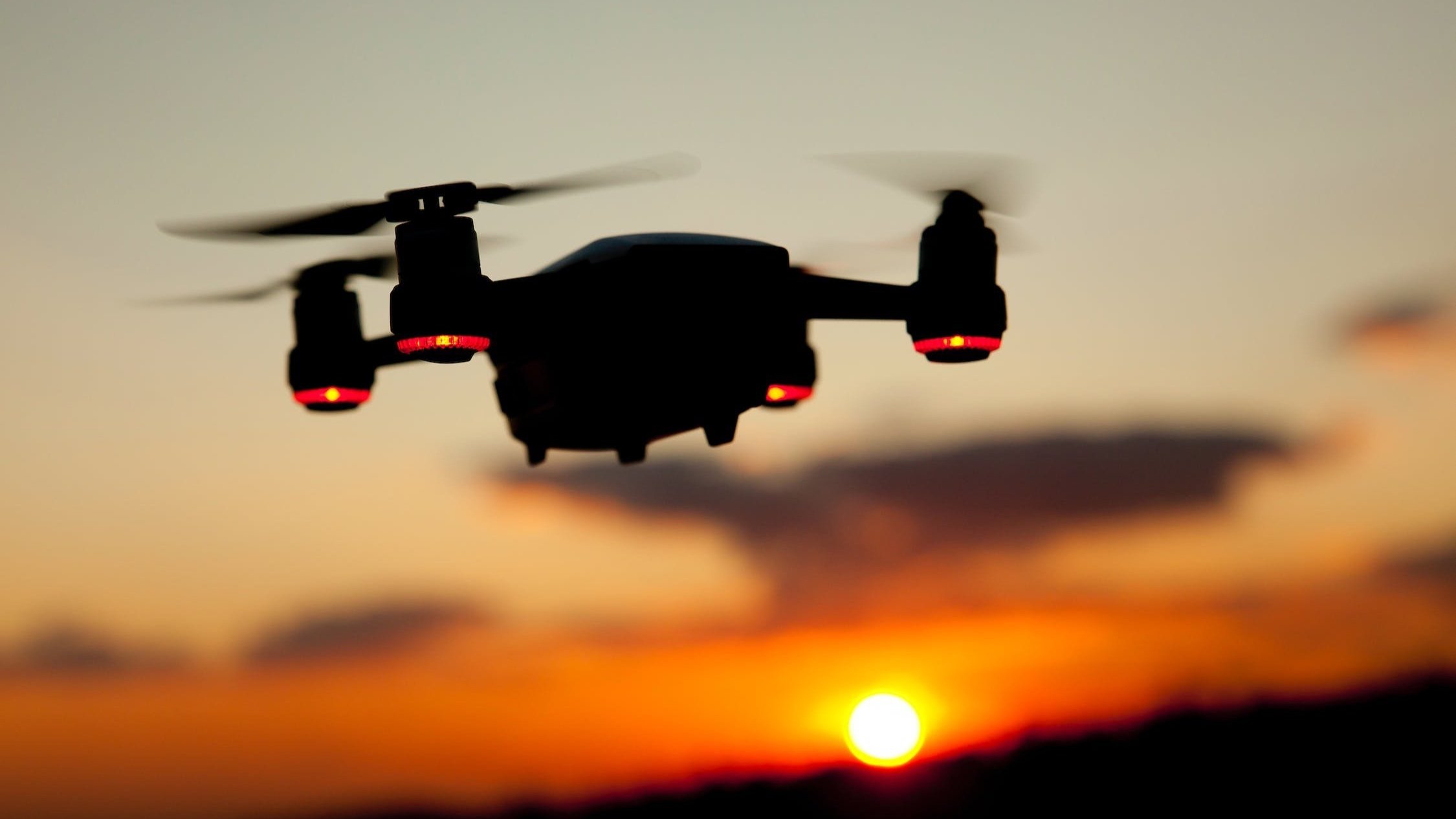
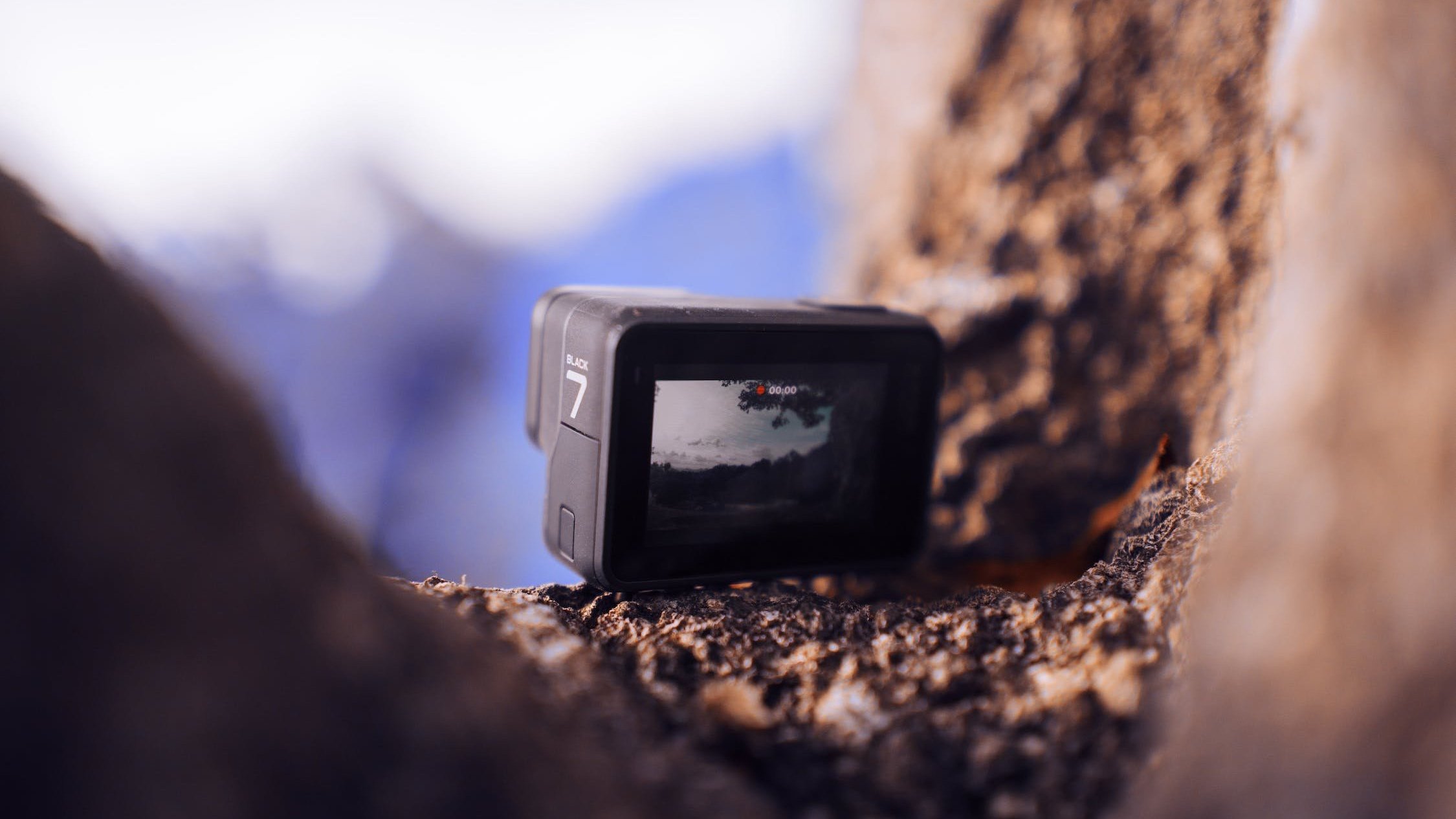
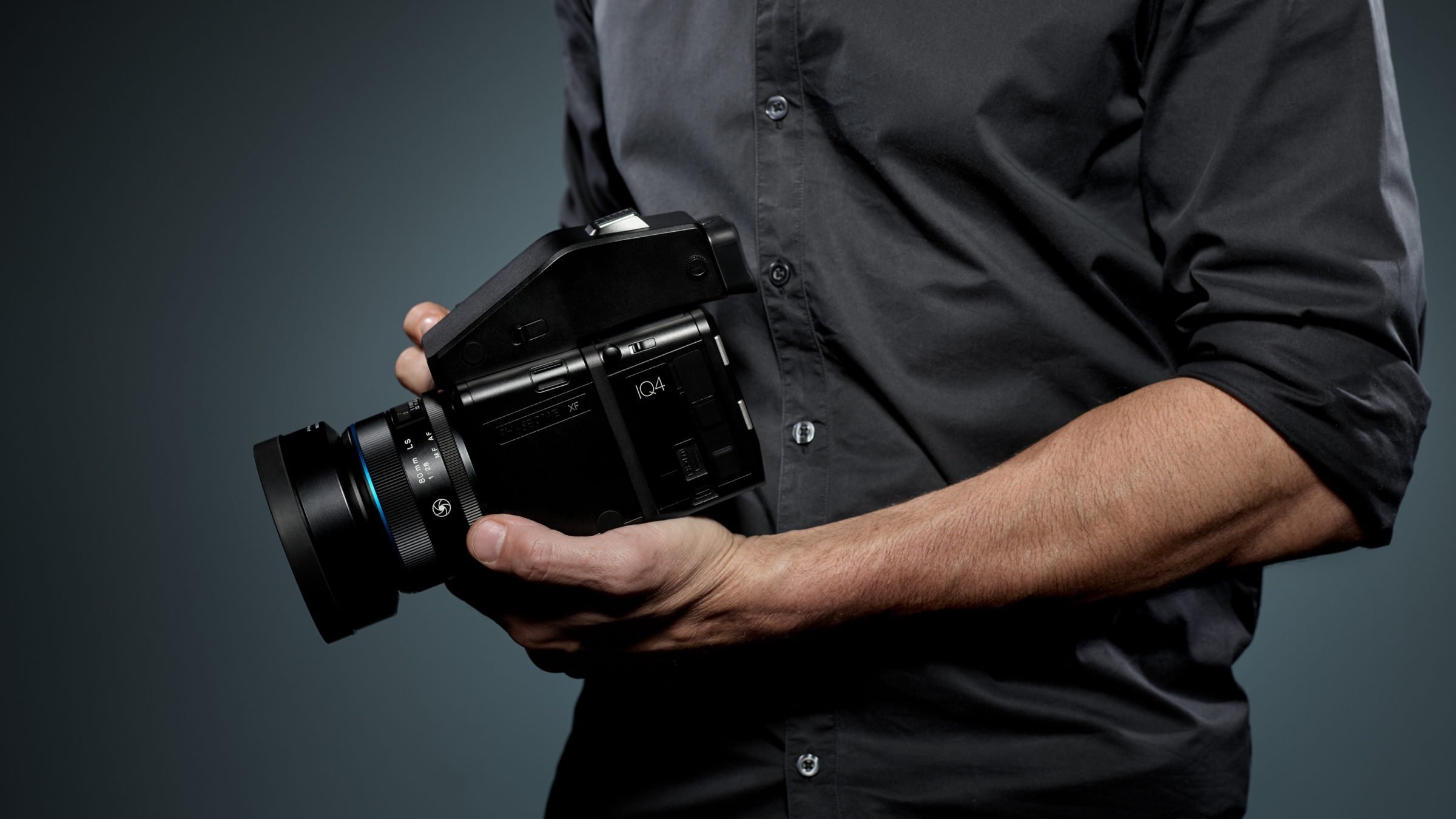

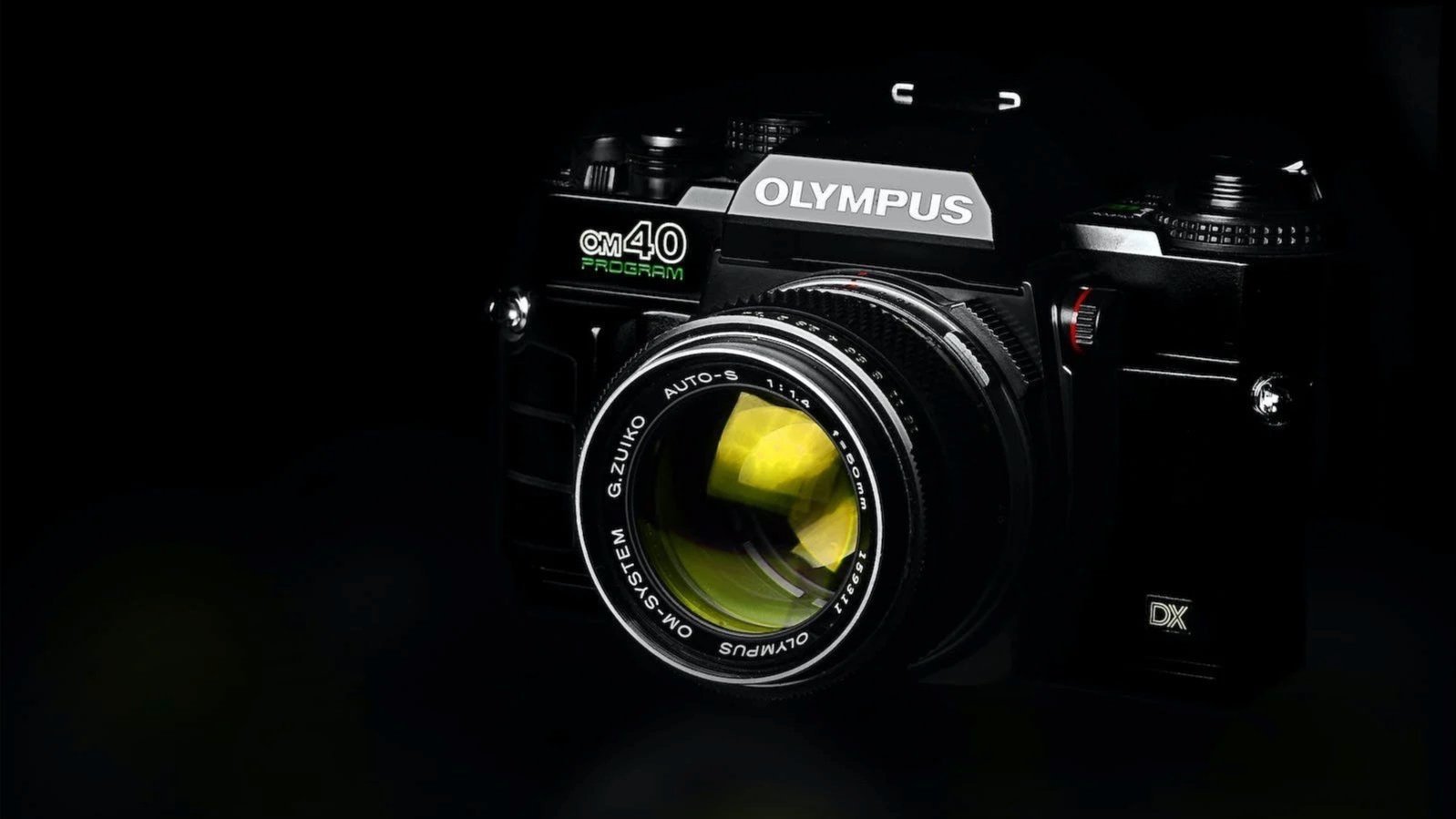
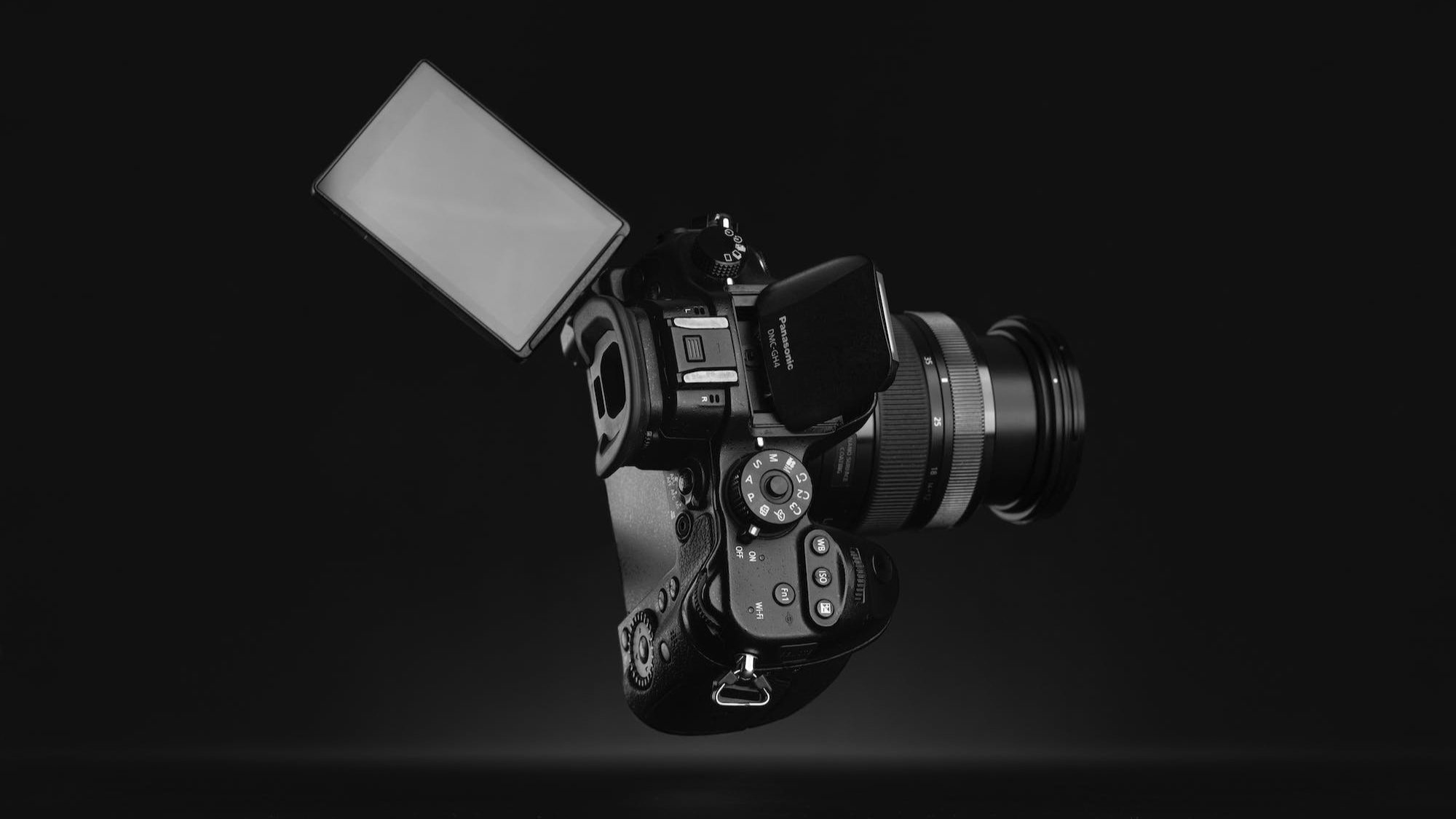


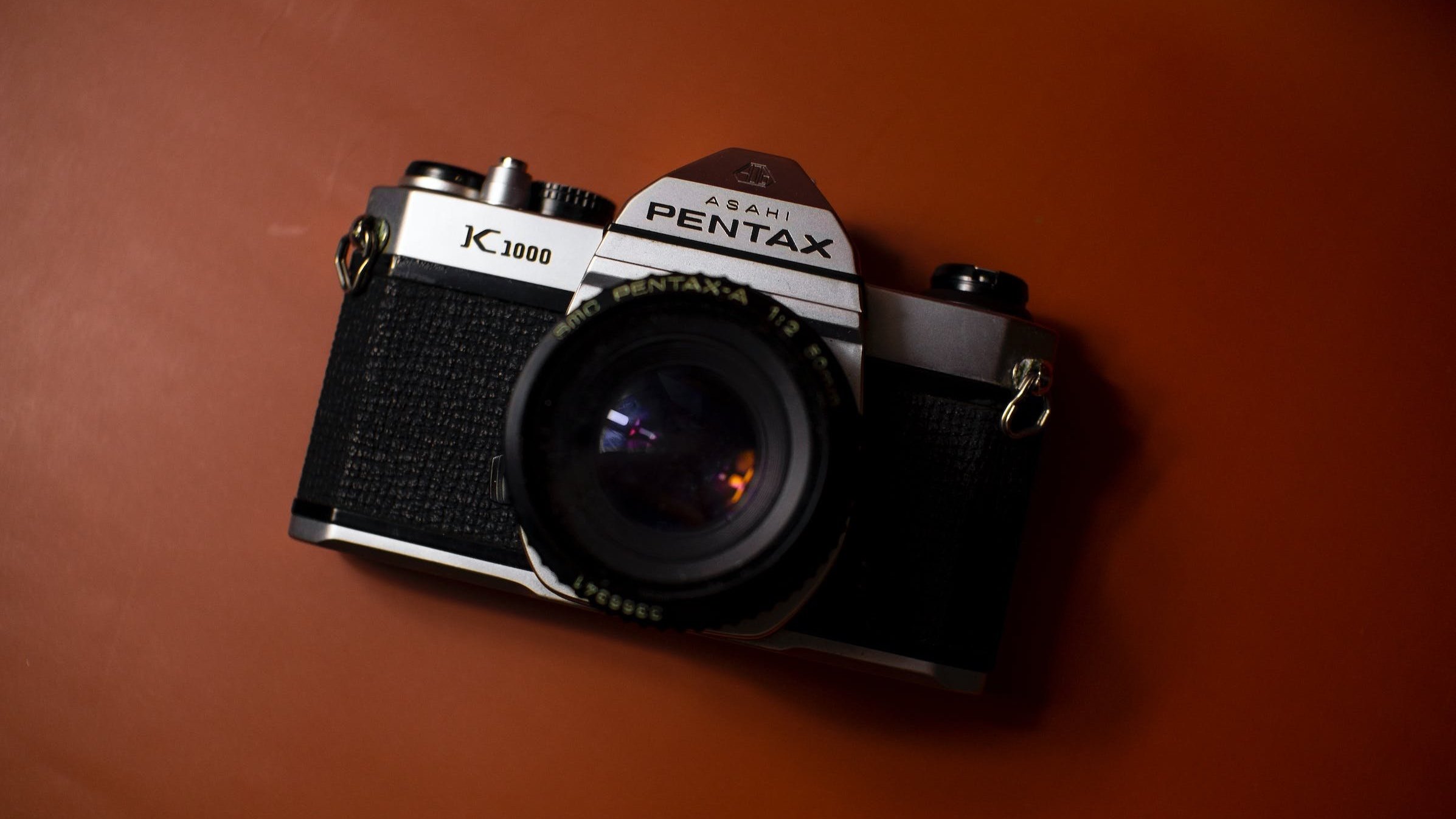

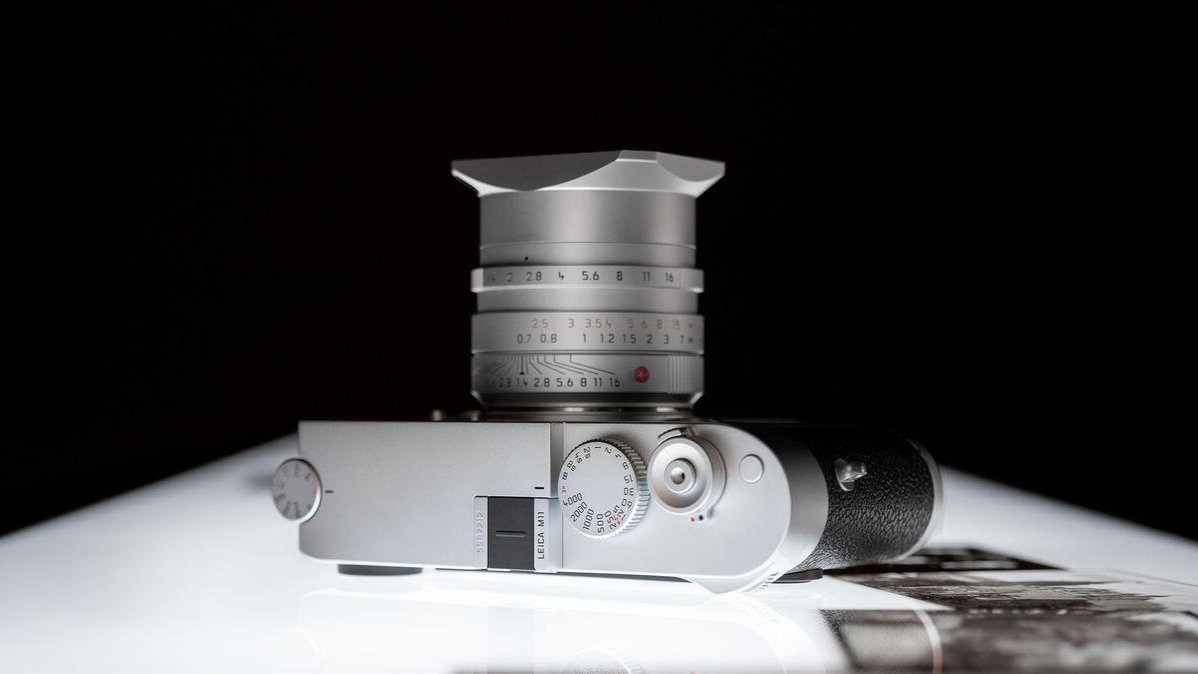
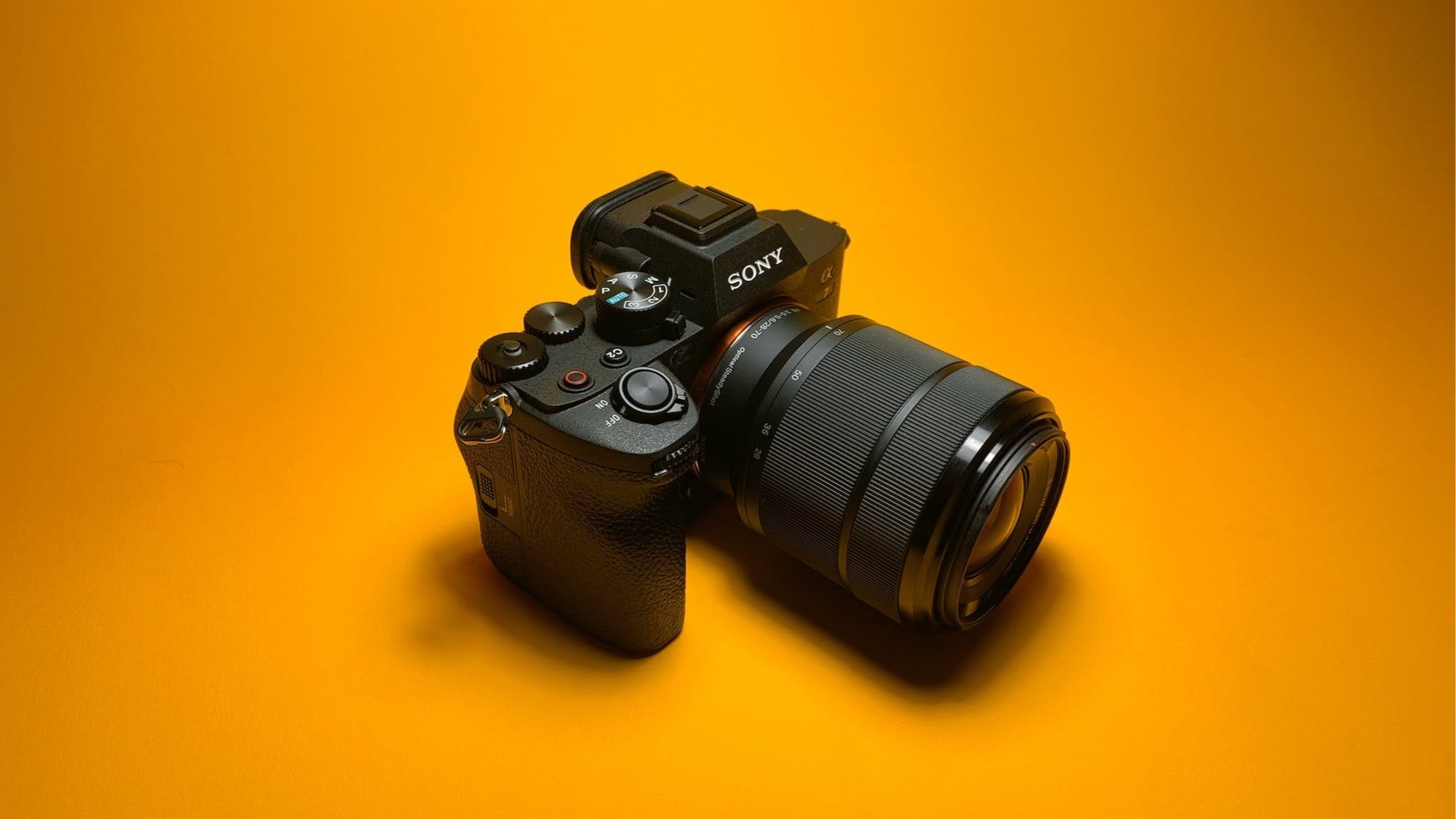
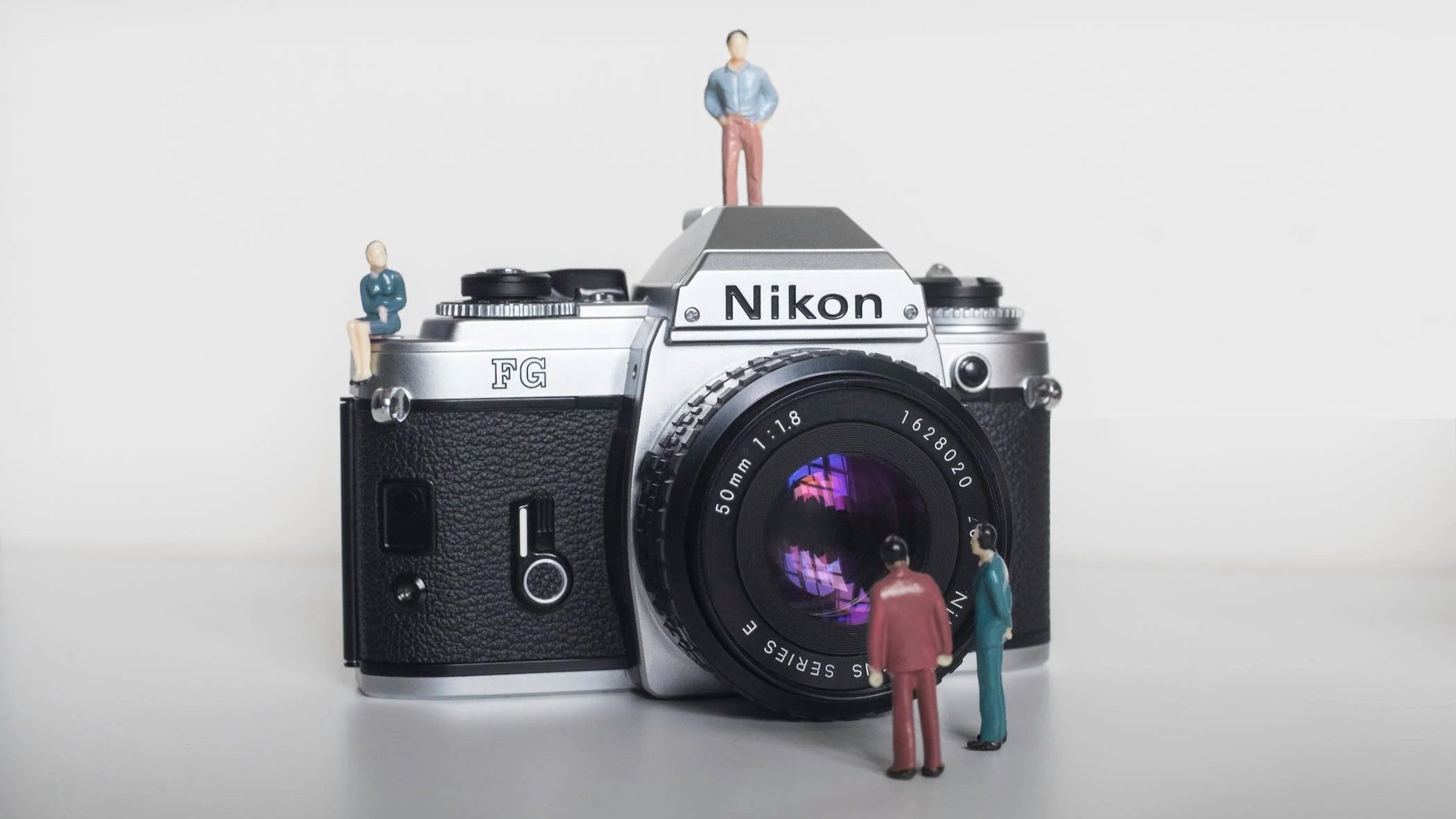
Lomography, a term and a movement that resonates deeply in the world of photography, represents more than just a style or a technique—it signifies a philosophy, a way of seeing and capturing the world. Rooted in a spirit of spontaneity, experimentation, and a celebration of imperfection, Lomography encourages …